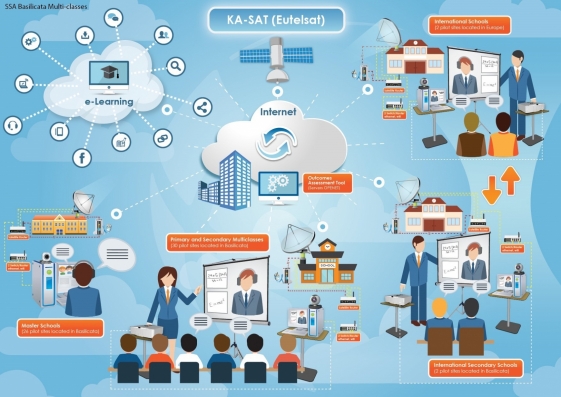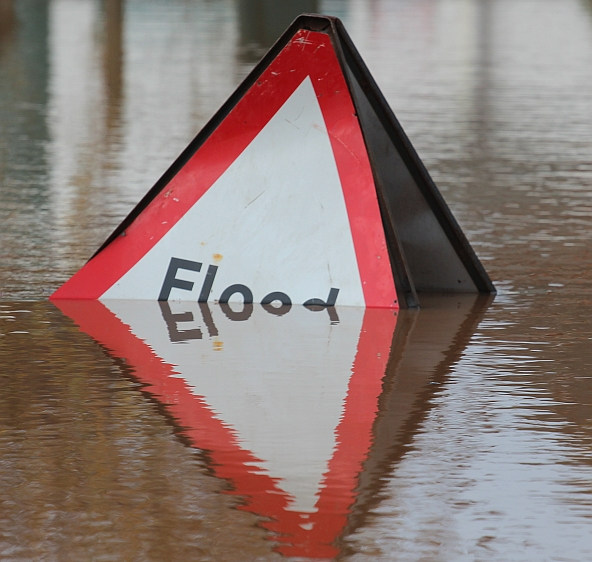Reducing the risk of bird strikes using satellite images and Ascend’s Normalised Difference Water index software (NDWI)
BROWSE PROJECTS
Based on user needs and industry skills, the evolution of customized solutions and the establishment of innovative services is accomplished through project activities. Focusing on various thematic areas, relevant information on the project activities is provided below.
SEWISS
Status date: 14 January 2016
The SEWISS service has been conceived to support onshore wind developers with the complex, expensive and time consuming process of screening and selecting the most suitable greenfield sites for development, without the need for initial travel to sites of interest. The SEWISS system is conceived to be a one-stop online portal, where developers can access recent, relevant, high resolution EO, and non EO data layers, then within the same portal use these layers of data to conduct automated land cover, rooftop recognition, green field, turbine selection and positioning analysis across their areas of interest.
SAT-AIS DPC
Status date: 18 January 2017
The SAT-AIS Data Processing Centre (DPC) Demonstrator is a development co-funded by EMSA (European Maritime Safety Agency) and ESA. The DPC collects SAT-AIS messages, ancillary information for generating and distributing enhanced data services to the maritime community.
Mercury
Status date: 21 October 2014
Project Mercury aims to establish and prove the commercial viability of a new satellite based communications service that will end the isolation of Mobile Breast Screening Units deployed across the UK as part of the National Health Services (NHS) breast cancer prevention and detection programme.
iTRAQ
Status date: 25 May 2012
iTRAQ is a project to develop a dynamic traffic management system for optimising use of the road network whilst meeting growing demands to sustain high standards of air quality in urban environments.
FlySafe
Status date: 18 March 2014
Bird strikes on aircraft pose a real safety threat for both military and civil aviation. Depending on specific circumstances such as the speed of the aircraft, the point of impact, the mass of the bird, the number of birds and the type of aircraft, bird strikes can result in devastating accidents.
FAAPS
Status date: 19 March 2013
Floods affect more people and cause more property damage than many other natural hazards. FAAPS (Fully Automatic Aqua Processing Service) proposes to support emergency management professionals with the provision of flood extent maps even in rain conditions and over large areas.
Dively
Status date: 19 December 2017
Dively is the first mobile application that supports a safe experience for underwater sports fans. Thanks to a powerful combination of environmental data and 3D underwater views, planning your next experience will be a breeze. Designed by divers for divers, Dively presents complex earth observation data and bathymetry in a visual, easy and user-friendly way, with the aim of enhancing your experience while boosting your safety.
CapeOutdoors3D
Status date: 19 December 2017
CapeOutdoors3D prototyped a web-based (and conceptualised a mobile) application for tourists planning outdoor activities in Nature Reserves and National Parks in South Africa. The project linked the space technologies Earth Observation and Satellite Navigation with the aim to provide a 3D virtual reality planning tool for tourists. In addition, Earth Observation based fuel condition maps were developed to support protected area authorities in their fire management activities.
B-LiFE
Status date: 18 December 2017
The ESA IAP-ARTES 20 “Biological Light Fieldable Laboratory for Emergencies” (B-LiFE) Demonstration Project is the follow-on of the B-LiFE Feasibility Study and deals with a new service providing biological analytical capabilities with integrated space assets for emergency response during health crises and epidemics.
KATOUM
Status date: 18 December 2017
KATOUM is a project dedicated to the setting up of tailored EO-based services and products for the sustainability of investments in the Mediterranean karst regions. Are targeted the areas affected sinkholes, landslides and subsidence associated with a sharp local base level/water table level drop. The latest will occur more frequently with the increase of heat waves in summer time.
SWAY4Edu2
Status date: 14 December 2017
Capacity Building activities for rural schools and rural radio stations in Africa based on eLearning platform accessible on-line via the Sat3Play platform.
SAR crop index
Status date: 11 December 2017
This demonstration project is a progression of a number of feasibility studies conducted by AgSpace Agriculture and The Satellite Applications Catapult into the application of Synthetic Aperture Radar (SAR) data for agriculture. The project demonstrates the new crop growth index on 20 UK farms throughout the 2016 and 2017 growing seasons.







































